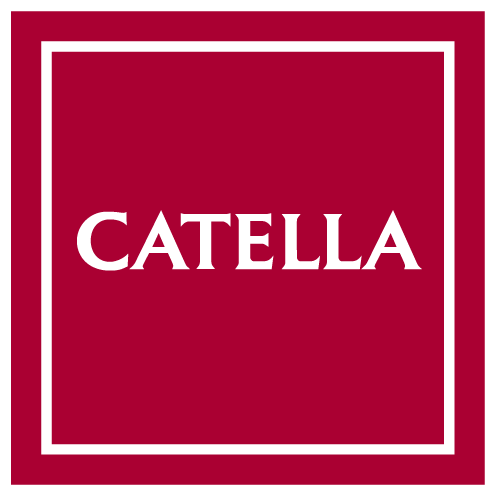It probably happened in December 2020 - we don't know for sure. We are talking about the trillion mark that the assets held by real estate funds in the euro zone have exceeded. A value that marks a new era. An end to this upward trend is not yet foreseeable, especially since the combination of liquidity and a lack of alternative investment opportunities continues to point the way to pro real estate.
Speaking the truth, the figures in our current infographic on real estate assets in the various shades are – by volume alone – impressive. Nevertheless, they are all approximate values, which particularly apply in direct comparison with other asset classes. The asset "real estate" rarely has a current price tag or often no value that can be determined daily on the stock exchange; no, the "invisible hand of the market or the fund manager" often reacts between the acquisition or cost value and a potential sale value; value projections of 25 years and more for the future value are not uncommon. Of course, regular value determinations take place for some asset classes, but little happens in between to create value, apart from asset management measures such as refurbishments, etc. This may be one of the reasons why real estate is traditionally seen as stable. The role of the value of a building is also increasingly determined by the "underlying" property value or the expectation of subsequent use of the building.
Did you know that currently...
- a total of 3 monetary units were available for a brick purchased in 2020? This may sound strange at first, but if you go back to 2007, this brick was available for one monetary unit. Question: Price explosion, attractive asset class or even liquidity inflation?
- with €24.9 trillion! residential buildings make up the largest part of the investment pie in Europe? That is almost 3 times as much as the entire North American commercial real estate.
- the value of commercial real estate (excluding debt) in Europe is estimated at around €7.5 trillion? Of this, around 35% is held as an investment (over €2.6 trillion).
- the top 150 asset managers worldwide manage almost €4.3 trillion AuM?
- the global top 10 manage €1,229 billion, while the top 10 with assets in Europe manage €520 billion?
- almost 10 % of the total gross value added (€1,349 bn) in the EU is attributable to the real estate sector?
- commercial buildings with €291 billion and residential buildings with €833 billion together represent almost two thirds of the total gross fixed capital formation within the EU-28?
You see, there is more to it than the "law of large numbers".
But size is not everything, comparison is also often crucial. If you put all this in relation to the "sustainable buildings" in the European portfolios, we currently arrive at a value of around €2.85 billion. To put it charitably, there is still a long way to go to the first trillion in this segment. The value is not always reflected in the price.
Download Catella Infographic: DNA of the Commercial Real Estate Assets

